Temple of Horus, Edfu, Egypt – Fountainhead of a Cult
Nile cruise gives you but a part of the prehistoric treasures sprinkled all across the magical land of Egypt. Beyond the cruise, you have some gems like Abu Simbel, the Pyramids of Giza, and more. All the same, through this cruise you can experience a rich treasure trove of how Egyptians lived or worshipped. From Philae Temple and the double temple of Kom Ombo, our next stop was a lesser-known gem, the Temple of Horus at Edfu.
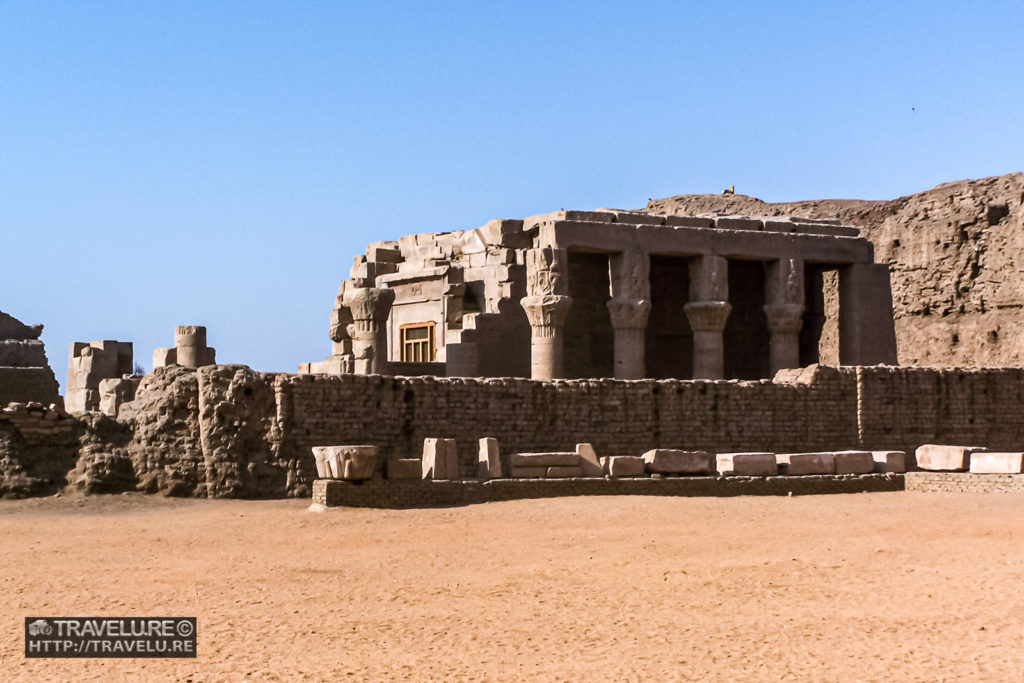
Till recent times, this 2000-year-old temple stayed buried under the desert sands. In fact, part of Edfu town came up over the site. Auguste Mariette began the excavations in the mid-nineteenth century and unearthed an almost-intact temple dedicated to the falcon god of skies, Horus. The sand covering was a blessing in disguise as it filled the structure and kept it safe after they banned the Pagan cult.
The Cult of Horus
Edfu (ancient name: Behdet), a 5000-year-old settlement, was the epicentre of the cult of the Horus. Ancient Egyptian history placed a great deal of importance on this cult, as it signified the triumph of good over evil. And all pharaohs claimed to be incarnations of Horus.
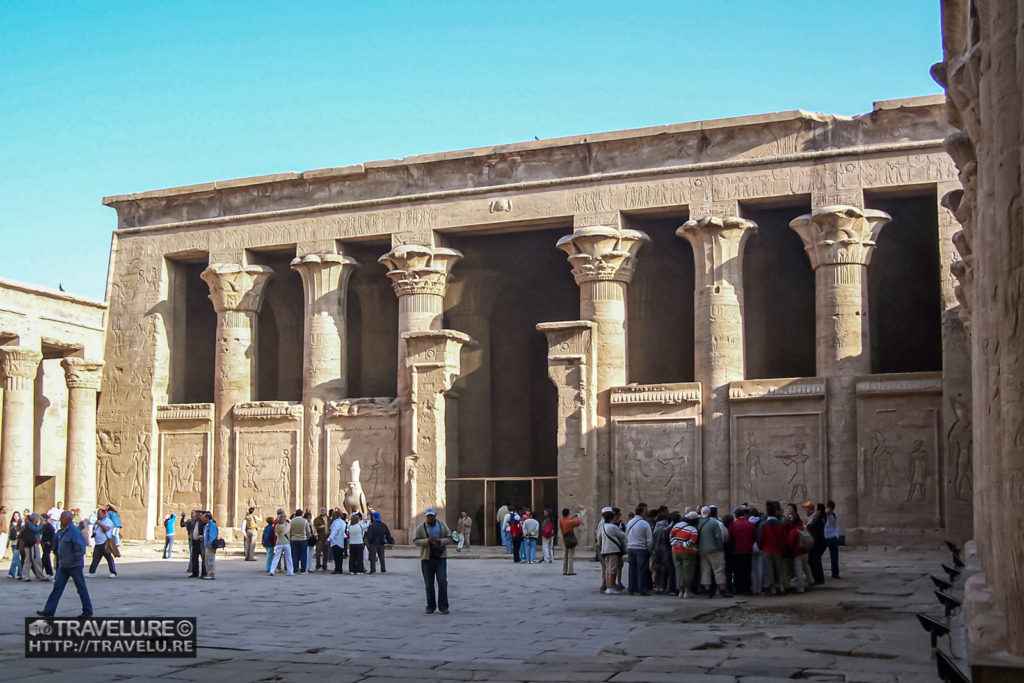
Considered the protector of Pharaohs, they worshipped Horus as a god who saved the earth from the negative forces symbolised by his father’s brother, Seth (Set). Ancient Egyptians considered his right eye as the sun or the morning star, and his left eye as the moon or the evening star.
In fact, Horus’ popularity was not just restricted to the Egyptian era but continued even after the Greeks, and later, Romans conquered Egypt. Little wonder Greek dynast Ptolemy III began building this temple in 237 BCE, and Ptolemy XII (Cleopatra’s father) completed it 180 years later.
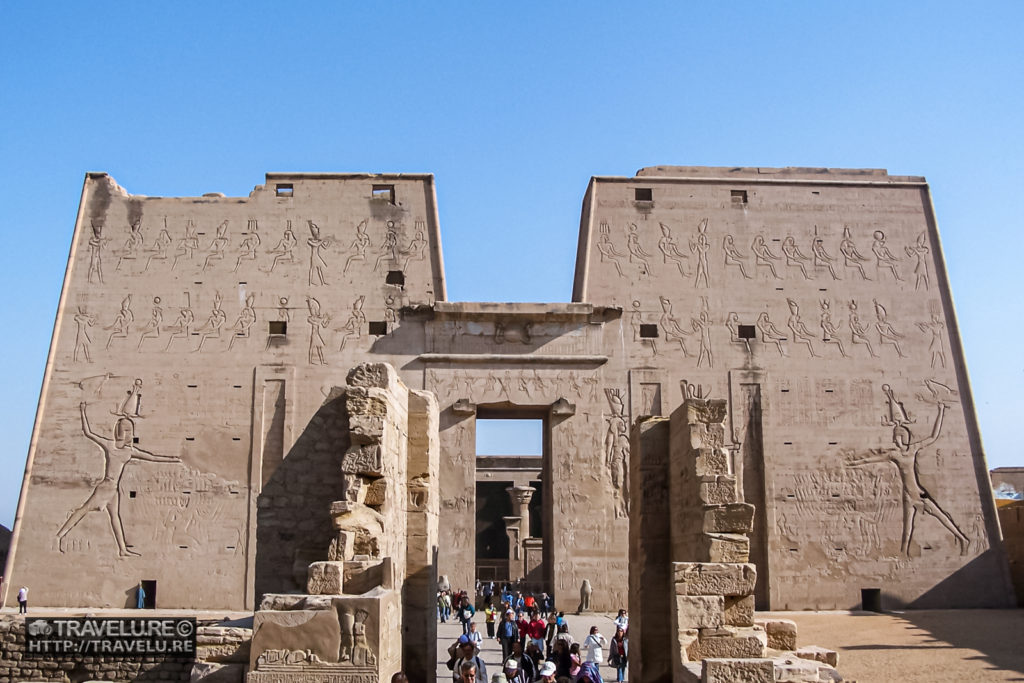
Temple and its Architecture
Though it is a newer temple, being well-preserved, it helps fill historical gaps. While it follows the scale, plan, ornamentation, and tradition of Pharaonic architecture, it stands out as an example of a style already considered archaic in those times.
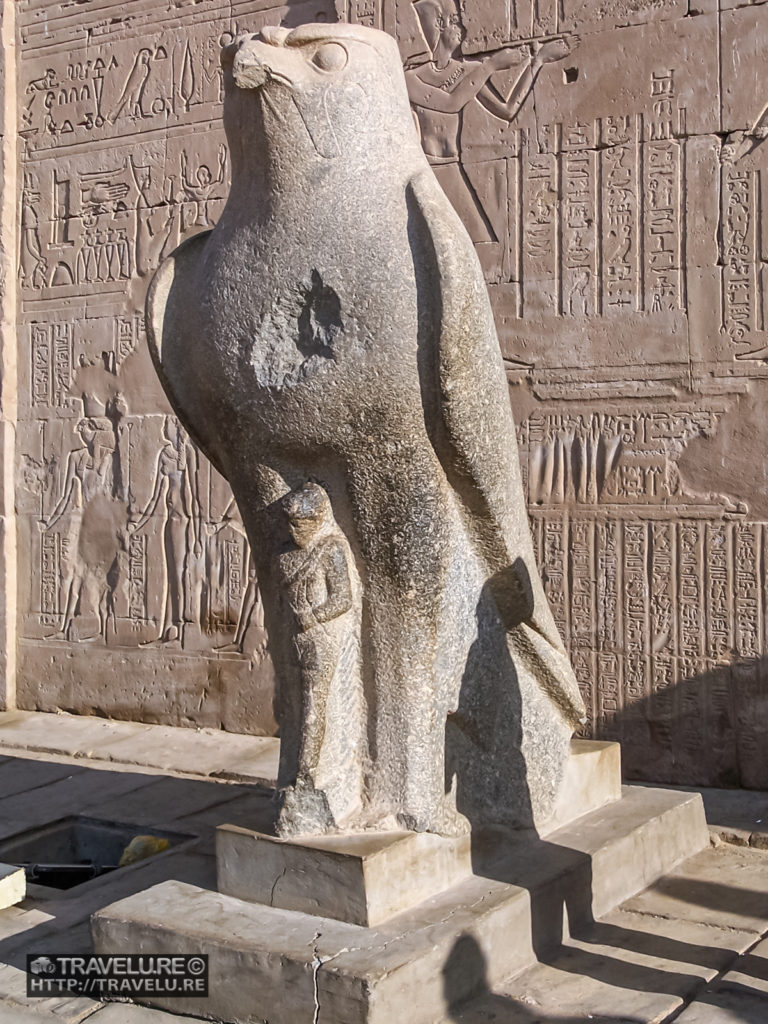
The approach to the temple is through a long row of shops selling souvenirs and trinkets. Similar to the Temple of Isis at Philae, tall, broad pylons (205 ft wide, 115 feet tall) mark its entrance. Bas reliefs of Pharaohs wearing their trademark flowing gowns decorate the pylons. Unlike the Roman lions in Philae, the frontage has two statues of falcon-headed Horus standing guard. It is a part of the same UNESCO tentative list that consists of 4 temples of Upper Egypt including the Temple of Isis at Philae.
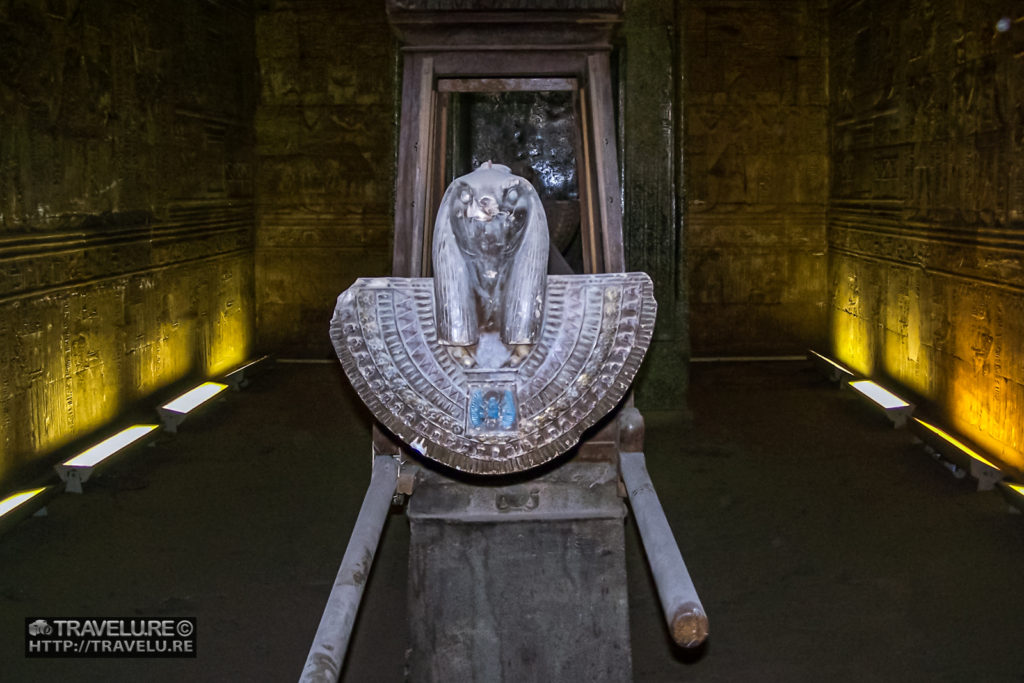
A processional pillared-quadrangle lies within. Beyond the quadrangle is a hypostyle hall that leads to the sanctum. Along the peripheral verandah of the sanctum are thirteen small rooms, all of them dark and window-less. These rooms acted as chapels.
The pillars, like in most temples from those times, have reliefs and hieroglyphs. And their girth evokes awe. While the Egyptians may not practice the religion anymore, its legacy bears testimony to its stature in its heyday.
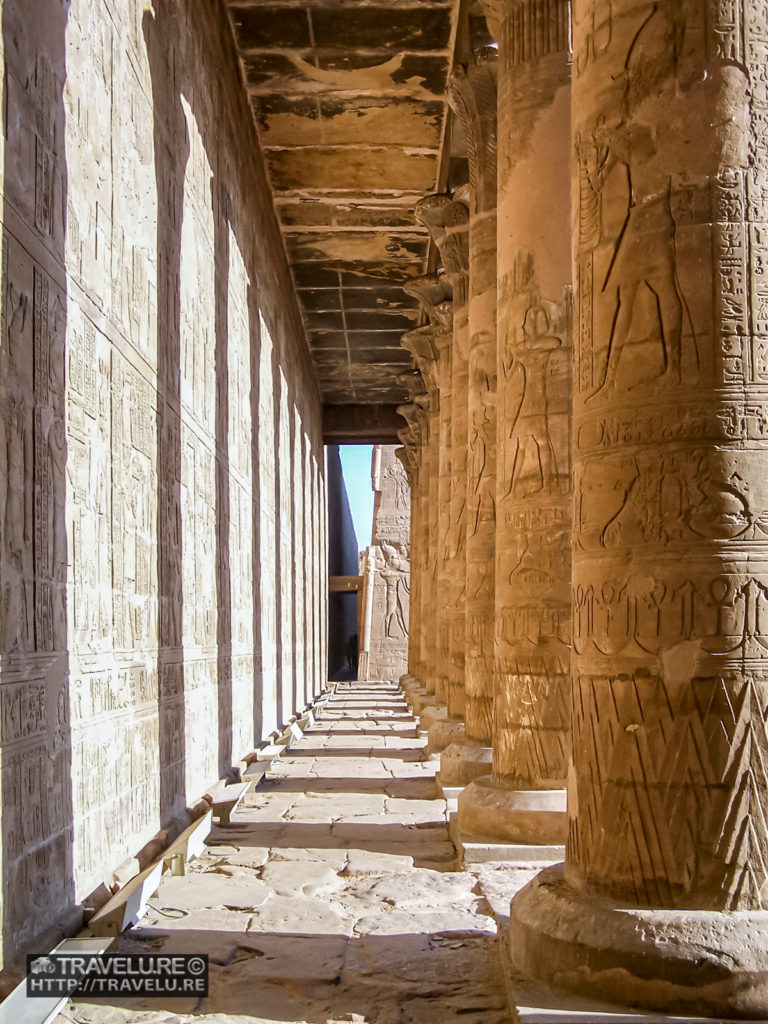
As we move over from Edfu, the next stop is unofficial – not on the itinerary. A queue of cruisers that navigate a water lock in the Nile force this stop. See you next week with a temple dedicated to the ram-headed god.

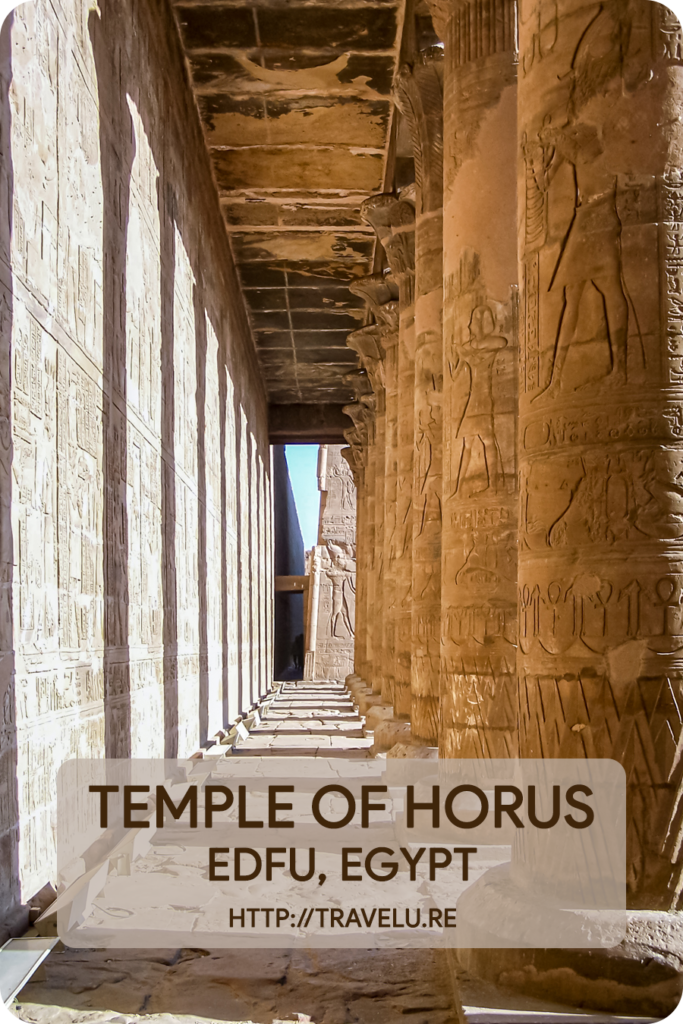
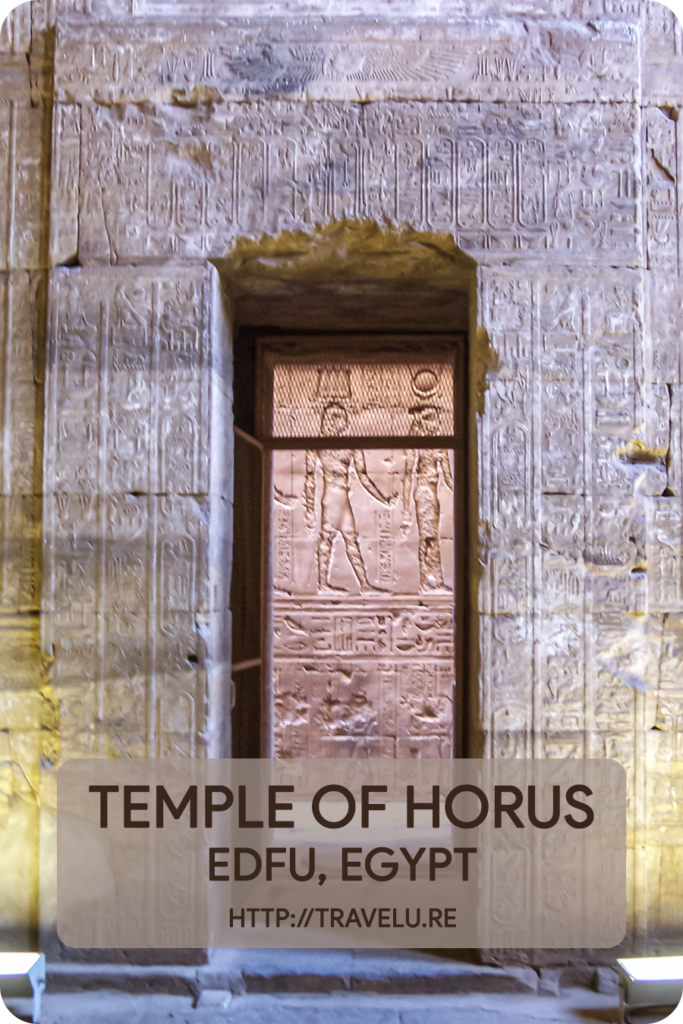
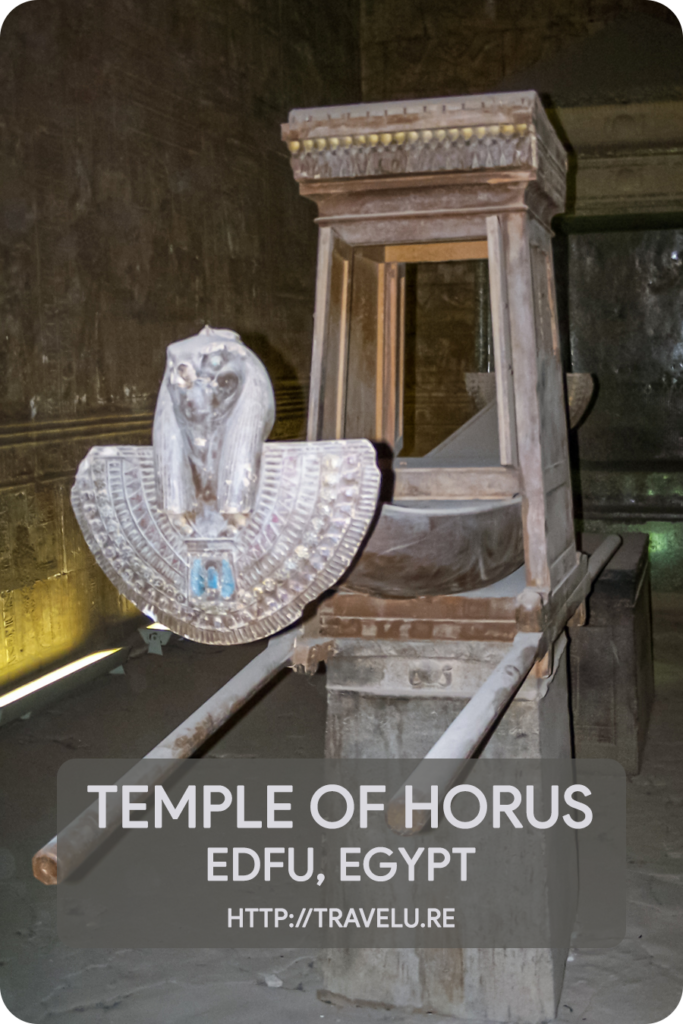
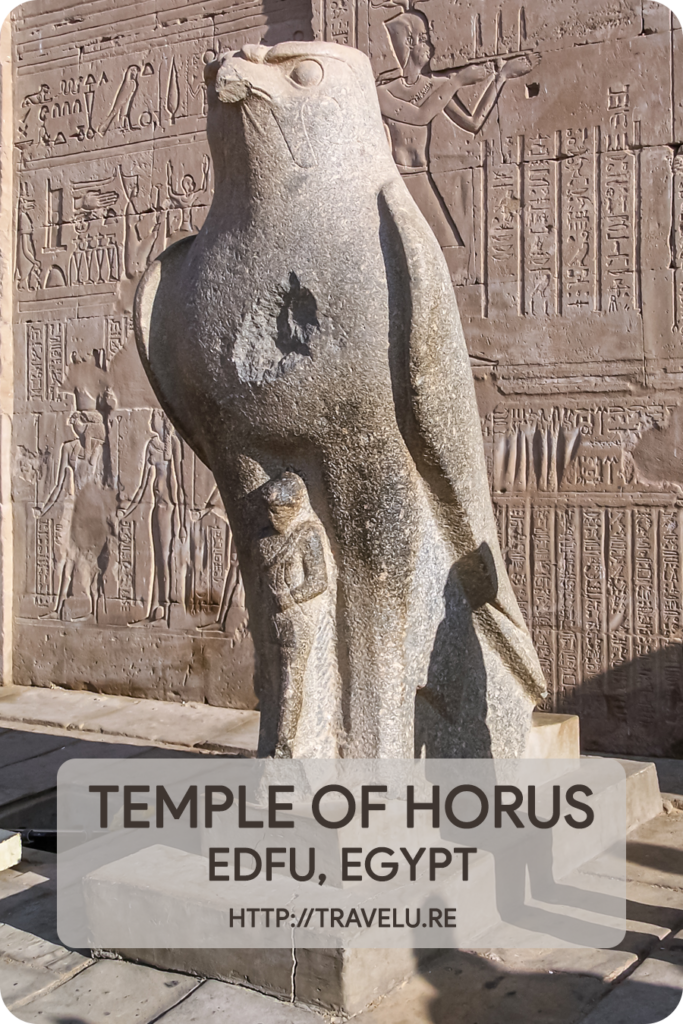














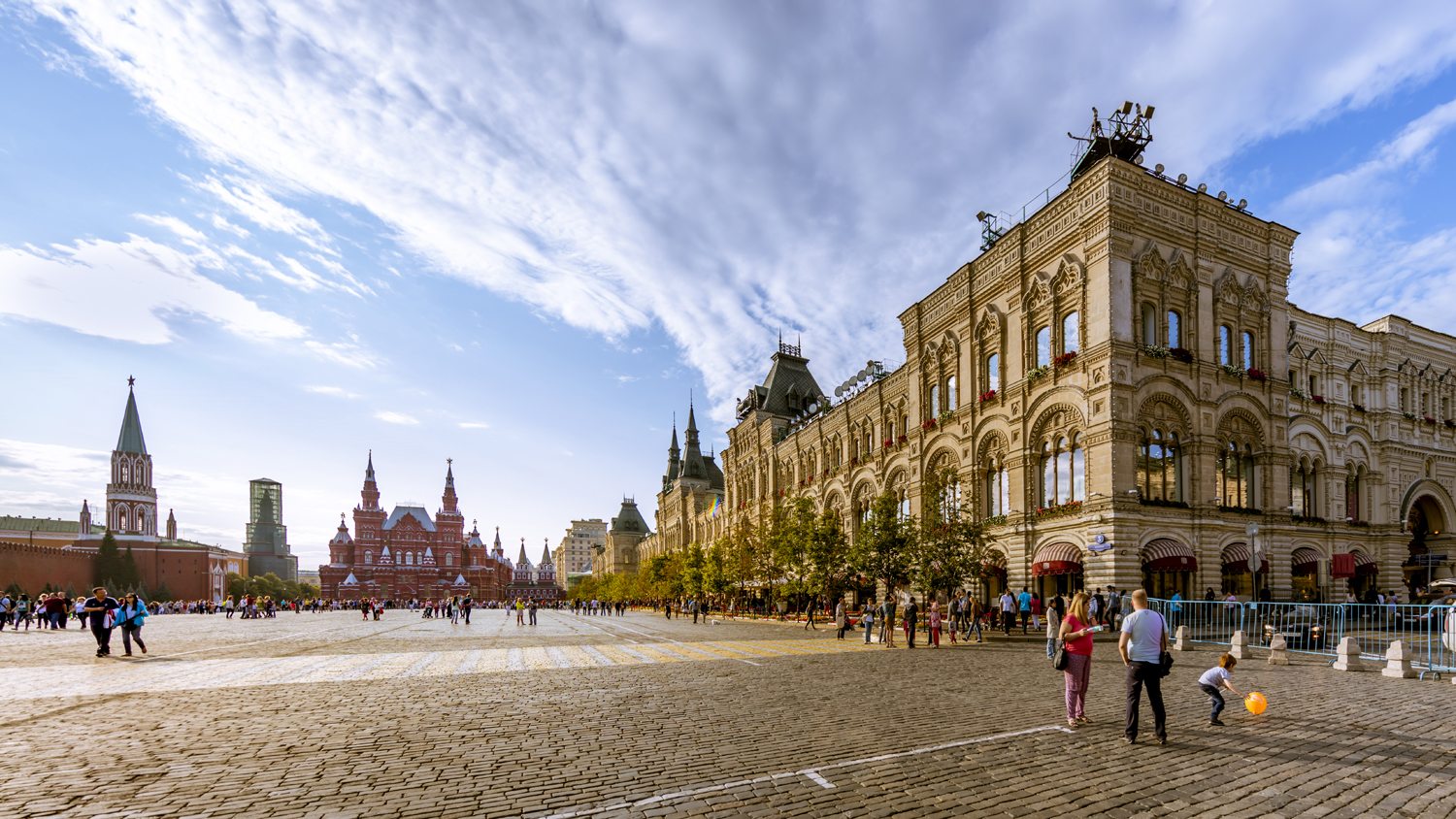

Your images are always beyond eye-popping. Well done buddy 🙂 I cannot wait to get to this part of the world. We house sat for an expat couple living in Turkey who make it to Egypt most years; they usually travel to Luxor, being into the scene there. Rocking post.
Ryan
Thanks, Ryan! I hope you get to Egypt soon. The place is a veritable heritage treasure trove!